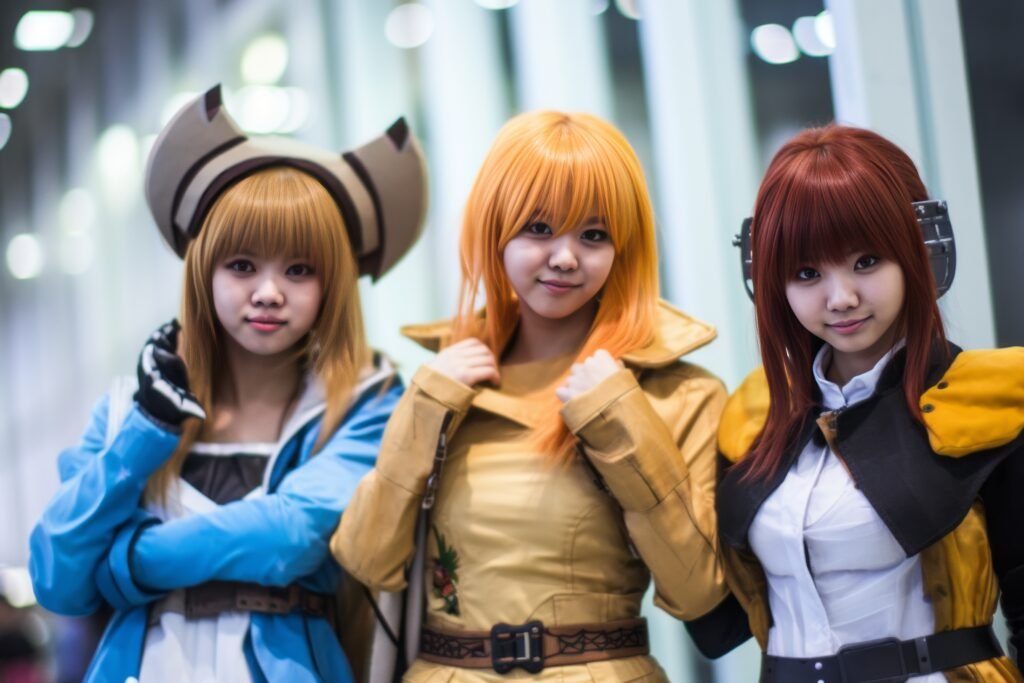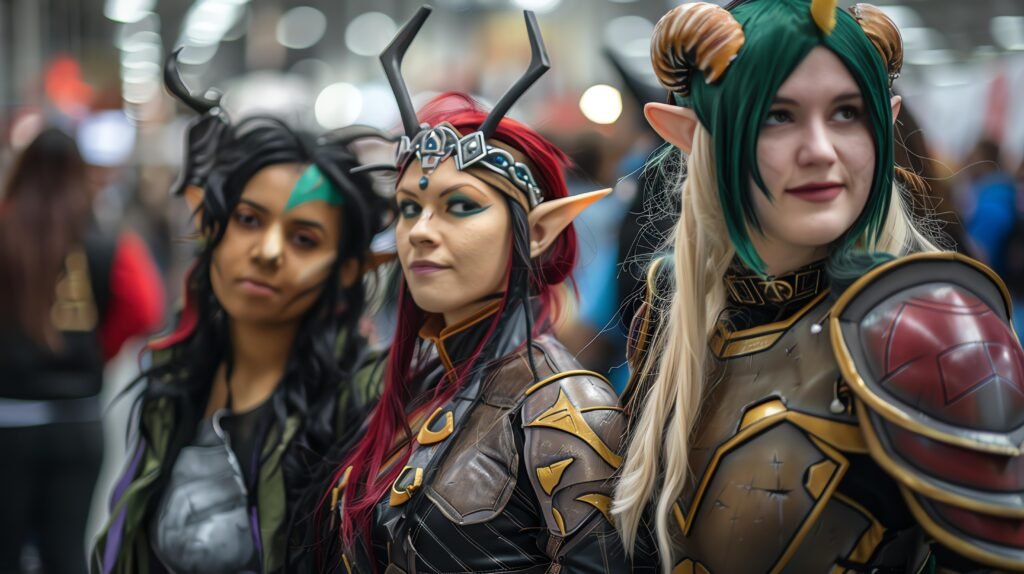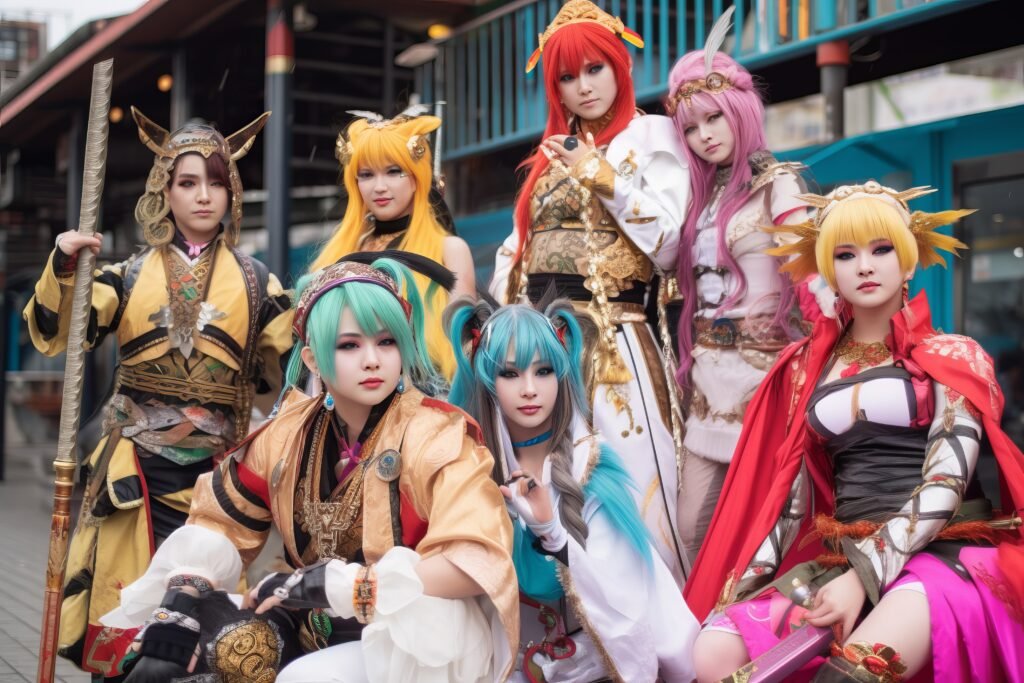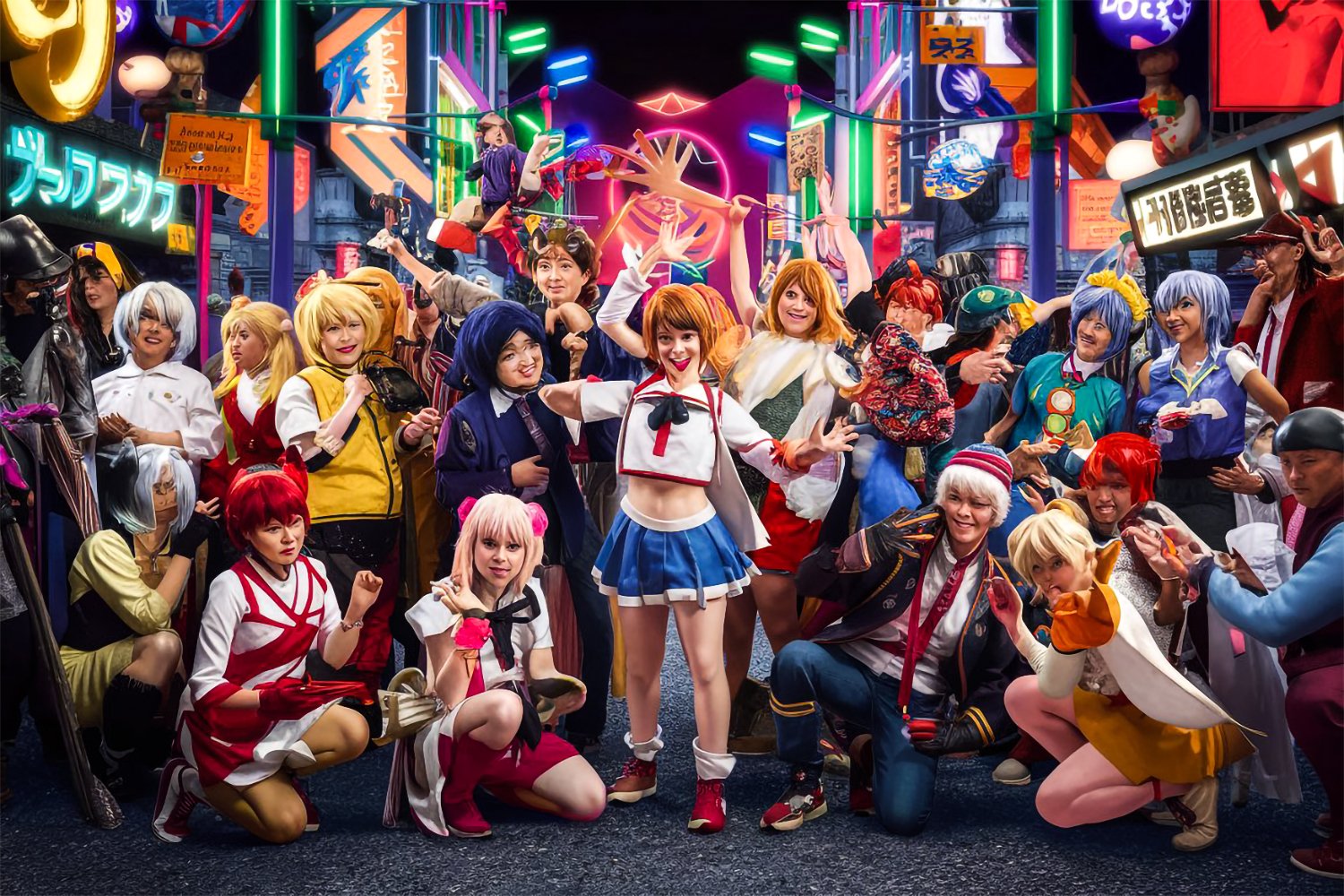Understanding Cosplay and Its Origins
Cosplay has become a global phenomenon, blending creativity, craftsmanship, and performance. It allows enthusiasts to embody their favorite characters, showcasing their passion for movies, anime, video games, and pop culture. The practice originated in Japan but gained worldwide recognition as conventions and fandom communities expanded.
Fans dedicate hours to crafting elaborate costumes, studying character behavior, and perfecting makeup and props. Cosplay remains an exciting form of self-expression for competition or casual enjoyment. Over the years, it has evolved from a niche interest into a mainstream artistic and social movement. The growth of cosplay is fueled by passionate individuals who pour time and effort into every detail, from wigs to armor pieces.

Cosplay conventions now occur worldwide, drawing thousands of attendees who come to admire, compete, and celebrate their shared interests. Many cosplayers take pride in their craftsmanship, investing in sewing machines, 3D printers, and professional-grade makeup kits. Beyond the creative aspect, cosplay fosters social connections as enthusiasts collaborate to build elaborate group performances or attend themed events.
The Evolution of Cosplay Culture
The cosplay community has transformed significantly, embracing diversity and innovation. Social media platforms have made it easier to share creations and connect with like-minded individuals. Cosplayers can now access resources that help them refine their techniques, from tutorials to professional mentorships. The rise of influencer culture has also played a role in cosplay’s growth, as many cosplayers now monetize their skills through sponsorships, commissions, and online content creation.
Events like Comic-Con and local conventions allow enthusiasts to showcase their work. Many participants enter competitions, bringing their characters to life through skits, performances, and detailed craftsmanship. Beyond entertainment, cosplay fosters friendships and creates a supportive environment for creative minds. These gatherings highlight the dedication behind costume-making and offer workshops where aspiring cosplayers can learn from seasoned veterans.

With cosplay’s increasing popularity, mainstream media and entertainment companies have taken notice. Many film studios collaborate with cosplayers to promote movies, gaming companies host costume contests, and fashion brands release limited-edition cosplay-inspired apparel. This widespread recognition has helped validate cosplay as a legitimate art form, attracting newcomers to the thriving community.
How to Get Started with Cosplay
Choosing a Character
- Select a character that resonates with you. Passion makes the process more enjoyable.
- Consider the complexity of the costume and your skill level.
- Look for reference images to study the character’s design.
- Research the materials needed and assess feasibility.
- Determine if you want to make, buy, or commission your costume.
Gathering Materials
- Use fabric stores or online marketplaces to find suitable materials.
- Purchase or create props that enhance the costume’s authenticity.
- Experiment with different techniques to improve durability and comfort.
- Check secondhand shops or costume swaps to find budget-friendly options.
- Invest in proper tools like sewing machines, glue, and heat guns.
Perfecting the Look
- Practice makeup techniques to match the character’s appearance.
- Style wigs carefully to achieve accuracy.
- Test the full costume for mobility and fit before attending an event.
- Wear comfortable shoes or insoles for long hours at conventions.
- Consider weather conditions when choosing fabrics and accessories.
Benefits of Cosplay Beyond Costumes
Engaging in cosplay offers numerous advantages beyond dressing up. It strengthens creative skills, builds confidence, and enhances social connections. Many participants use it as a stepping stone into costume design, acting, and photography. The art of cosplay encourages problem-solving, patience, and perseverance, as complex outfits often require trial and error.

Additionally, the community emphasizes inclusivity, welcoming individuals of all backgrounds. It fosters a sense of belonging and encourages self-expression in a positive and supportive atmosphere. Cosplay also helps improve public speaking and performance abilities, especially for those who engage in role-playing or skit competitions.
Many professional opportunities arise from cosplay. Costume designers, prop makers, and wig stylists often get their start in the community. Some cosplayers work with brands, participate in sponsored events, or become social media influencers. The exposure gained through online platforms can open doors to industry collaborations and creative partnerships.
Common Challenges in Cosplay
- Time Management: Crafting costumes requires dedication and planning.
- Budget Constraints: Some materials can be costly, so finding affordable alternatives is essential.
- Performance Anxiety: Stage competitions or public appearances may feel intimidating at first.
- Costume Durability: Ensuring outfits hold up throughout long events requires testing and reinforcement.
- Balancing Creativity and Accuracy: Some cosplayers prefer creative interpretations, while others strive for exact replicas.
- Storage and Maintenance: Keeping costumes in good condition between events can be challenging.
- Online Criticism: Publicly sharing cosplay creations invites positive and negative feedback.
- Weather Conditions: Hot or rainy weather can impact costume wearability and comfort.
- Last-Minute Adjustments: Unexpected issues may require on-the-spot repairs or modifications.
- Travel Logistics: Safely transporting large props or delicate costumes to events takes planning.
Tips for Improving Your Cosplay Skills
- Watch tutorial videos to learn advanced sewing, painting, and prop-making techniques.
- Join cosplay groups or forums to exchange tips and advice with fellow enthusiasts.
- Attend workshops and panels at conventions to gain hands-on experience.
- Experiment with different materials to find what works best for your costumes.
- Take progress photos to track improvement and refine techniques.
- Follow professional cosplayers for inspiration and technique demonstrations.
- Invest in quality tools that make crafting easier and more efficient.
- Work on small projects before tackling complex designs to build confidence.
- Learn to pose effectively for photos to highlight your costume’s best features.
- Have fun and embrace the learning process—every cosplayer starts somewhere!
Conclusion
Cosplay remains a dynamic and inspiring art form, uniting fans through creativity and shared passion. Whether you’re new to it or an experienced cosplayer, there’s always room for growth and exploration. Dive into the world of cosplay, unleash your imagination, and embrace the joy of bringing characters to life. The community continues to evolve, offering endless opportunities for learning, networking, and creative expression.
Get in Touch
For more insights, guidance, and cosplay-related content, reach out to us:
